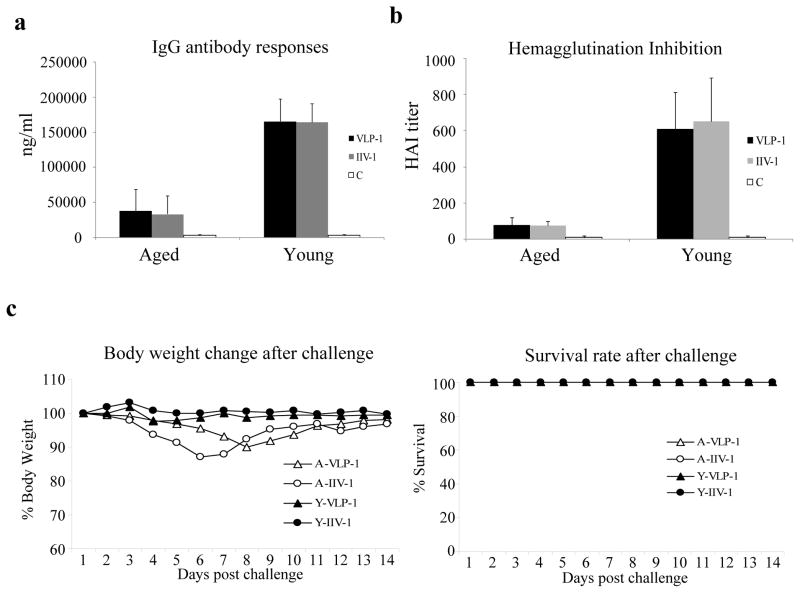Figure 4. Protective efficacy in young and aged mice against lethal influenza virus challenge by immunization with a low dose of influenza VLPs or IIV vaccines.
Groups of young and aged mice (6 per group, 8-weeks old and 18-months old respectively) were immunized twice at 4-week intervals by IM injection of 1 μg influenza VLPs or IIV vaccines. Blood samples were collected at 2 weeks after the second immunization and analyzed for antibody responses against influenza virus. (a). IgG antibody responses against the influenza virus HA. The levels of antibody responses against HA were determined by ELISA using purified HA proteins as coating antigens, and expressed as the amount of HA-specific antibodies in 1 ml of serum samples (ng/ml). Error bars indicate standard deviations for each group. VLP-1, mice immunized with 1 μg VLPs; IIV-1, aged mice immunized with 1 μg IIV vaccines; C, control group mice; (b). Inhibition of hemagglutination by sera from immunized mice. The ability of sera to inhibit hemagglutination by influenza virus A/PR/8/34 were determined and expressed as the highest dilution that resulted in complete inhibition of hemagglutination (HAI titer). Data are presented as the mean ± standard deviation. (c). Mouse survival rate and body weight change after lethal influenza virus challenge. At 4 weeks after the second immunization, mice were challenged by intranasal instillation of 10x LD50 of mouse-adapted influenza virus A/PR/8/34 and mice were monitored and weighed daily after challenge. A-VLP-1, aged mice immunized with 1 μg VLPs; A-IIV-1, aged mice immunized with 1 μg IIV vaccines; Y-VLP-1, young mice immunized with 1 μg VLPs; Y-IIV-1, young mice immunized with 1 μg IIV vaccines.

